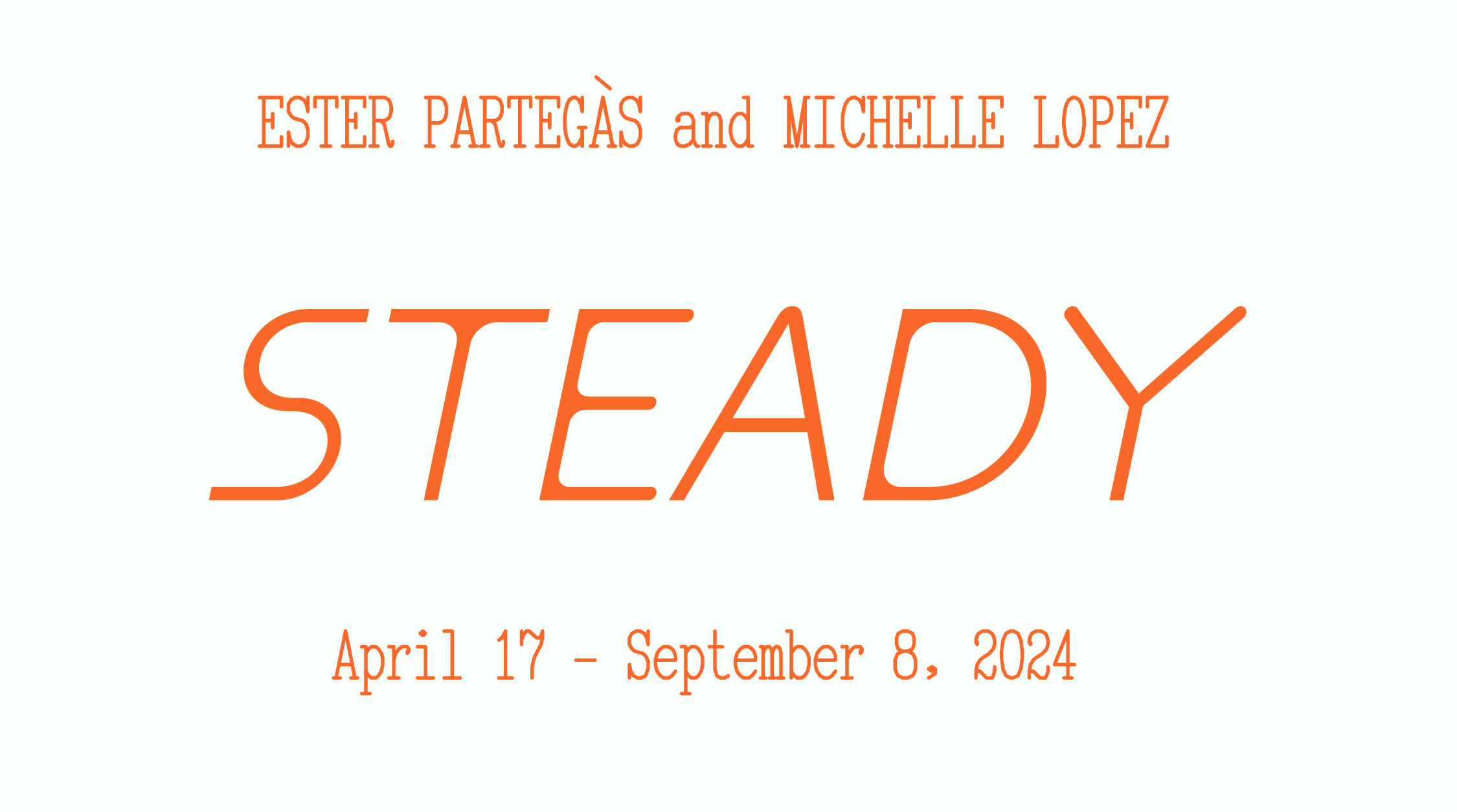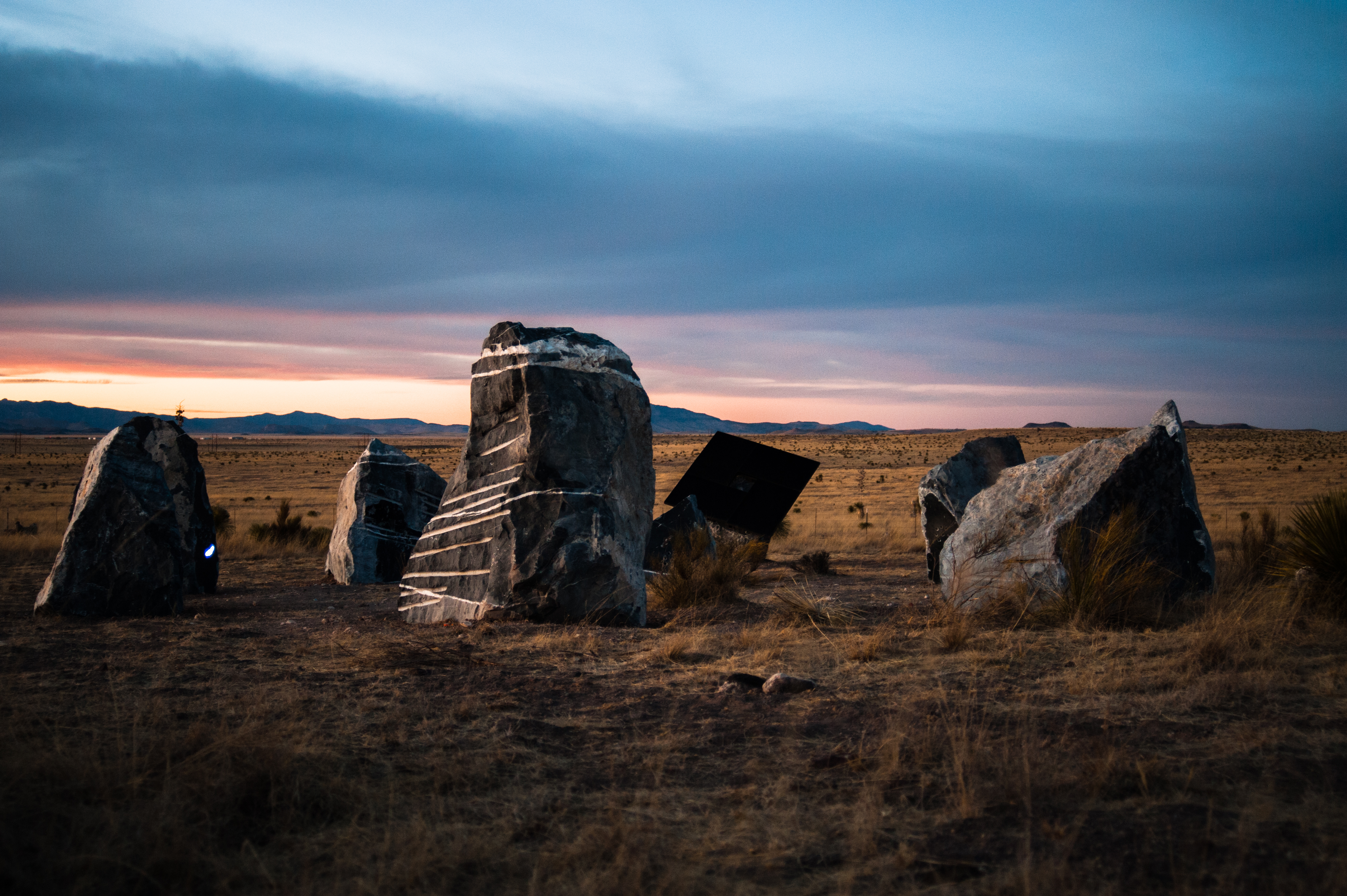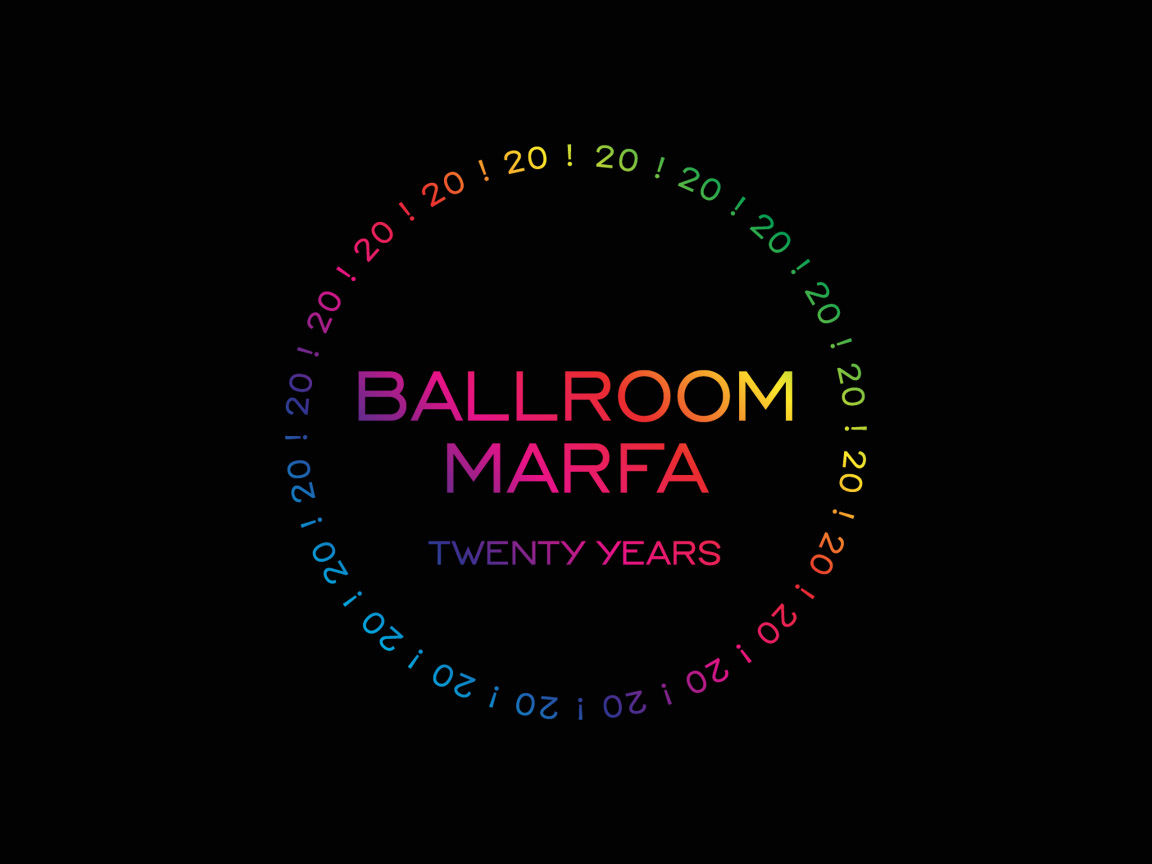News from Barbara Kasten’s Studio
11 Feb 2014

Aperture Magazine Issue 214 Spring 2014
Congratulations to Immaterial artist Barbara Kasten, who has a number of exciting events coming up.
First, Kasten’s work is currently featured in A World of Its Own: Photographic Practices in the Studio at the Museum of Modern Art. The show strives to bring together:
Photographs, films, videos, and works in other mediums, A World of Its Own: Photographic Practices in the Studio examines the ways in which photographers and artists using photography have worked and experimented within the four walls of the studio space, from photography’s inception to today. Featuring both new acquisitions and works from the Museum’s collection that have not been on view in recent years, A World of Its Own includes approximately 180 works, by approximately 90 artists, such as Berenice Abbott, Uta Barth, Zeke Berman, Karl Blossfeldt, Constantin Brancusi, Geta Brătescu, Harry Callahan, Robert Frank, Jan Groover, Barbara Kasten, Man Ray, Bruce Nauman, Paul Outerbridge, Irving Penn, Adrian Piper, Edward Steichen, William Wegman, and Edward Weston.
Second, Kasten is part of another current show at the Samuel Dorsky Museum of Art in New Paltz, NY. The exhibition is entitled: 1980’s Style: Image and Design in The Dorsky Museum Collection.
From the museum:
The 1980s had a look all its own. 1980s Style includes prints, photographs, and jewelry from the collection of The Dorsky Museum that exemplify the stark geometries and vibrant colors of the decade. The exhibition asks to what extent are bold shapes, bright colors, asymmetry, and cartoonish figuration the visual and formal manifestations of emotional turmoil and artistic activism? Featuring work by Tina Barney, Richard Bosman, Frank Gillette, Lisa Gralnick, Barbara Kasten, George McNeil, Judy Pfaff, Andy Warhol, and others.
Finally, for those of us unable to get to New York, the artist will also be the subject of a feature article in the upcoming issue of Aperture Magazine (Issue #214, Spring 2014).
A World of Its Own: Photographic Practices in the Studio opened on February 8 and is on display until October 5, 2014.
1980’s Style: Image and Design in The Dorsky Museum Collection opened on February 5 and will close on July 13, 2014.
For additional information and to look at Kasten’s work,





